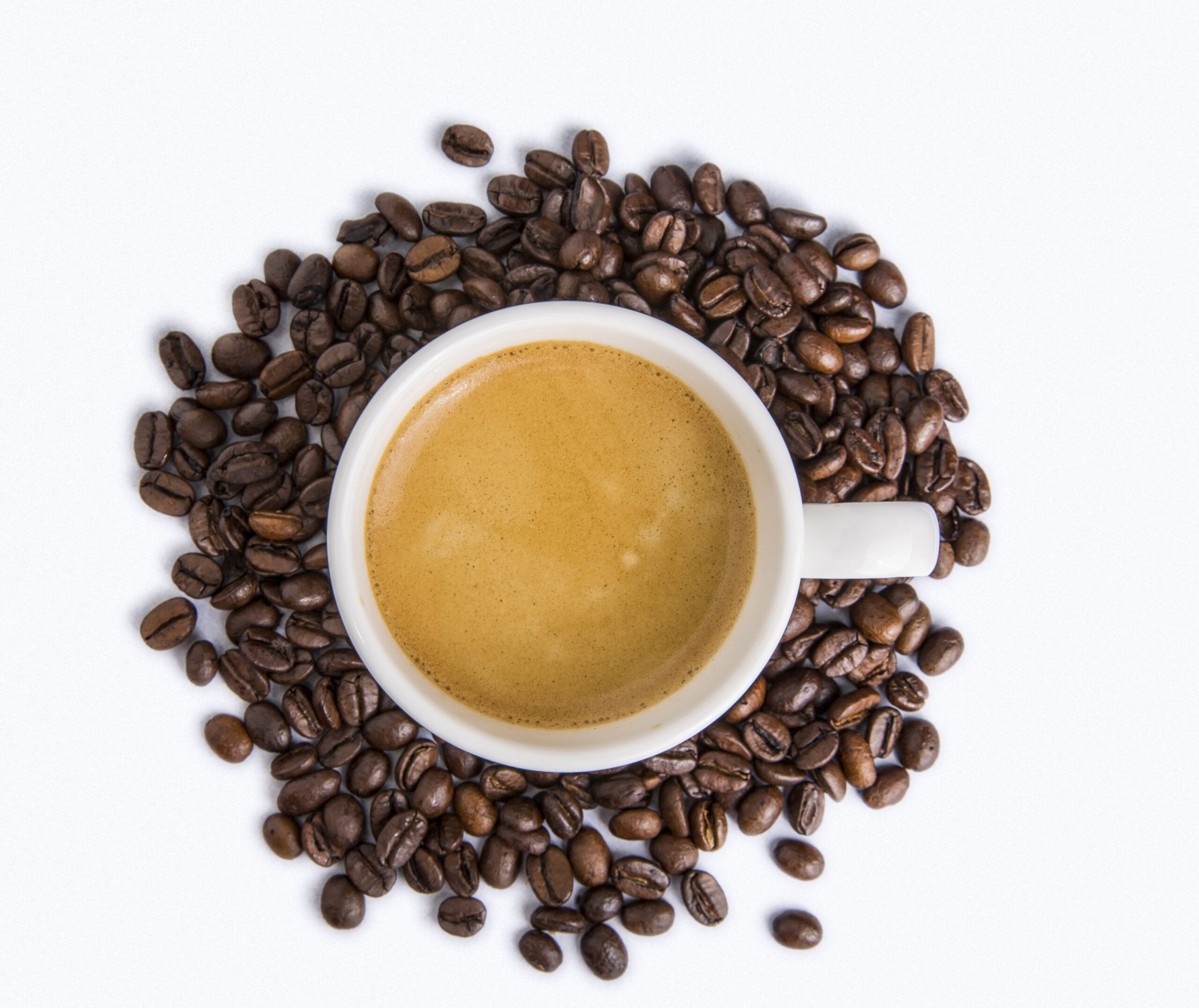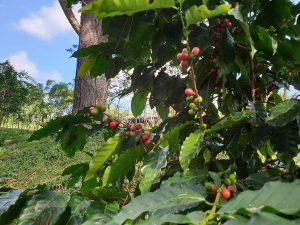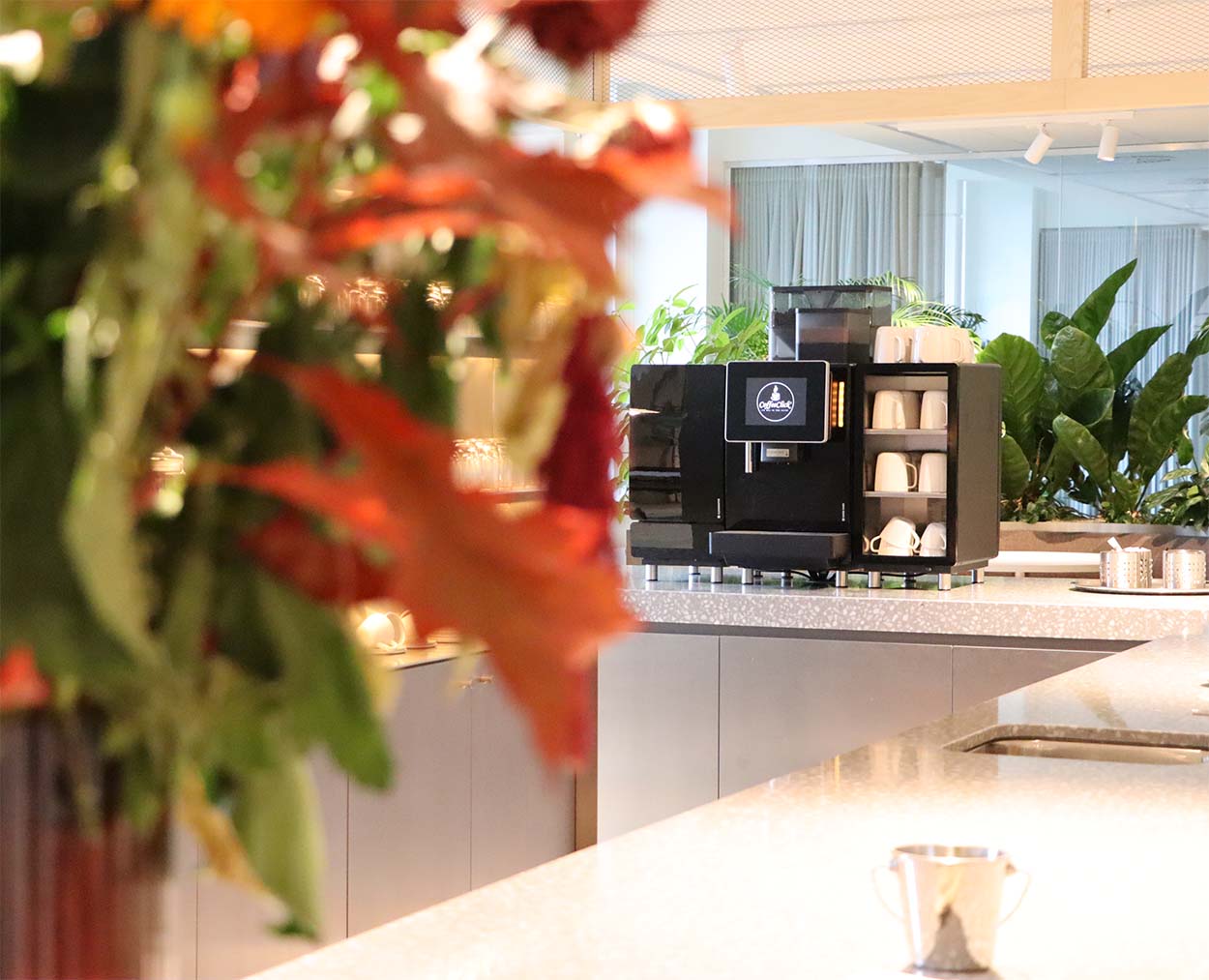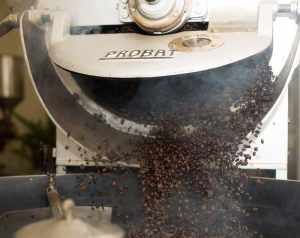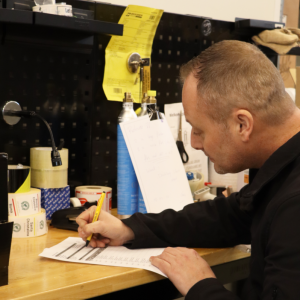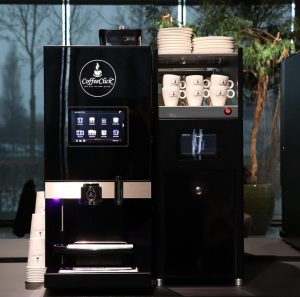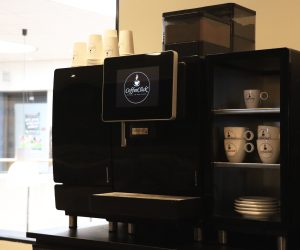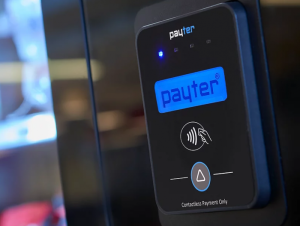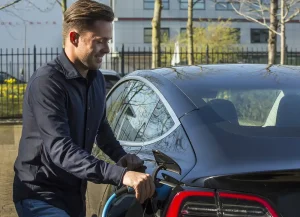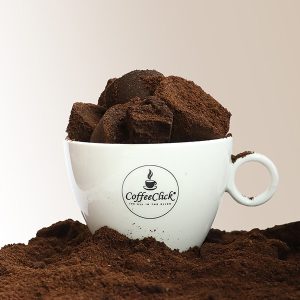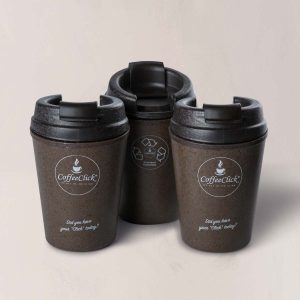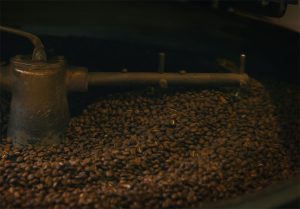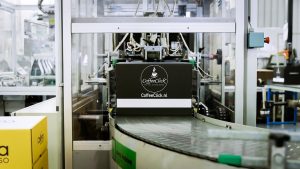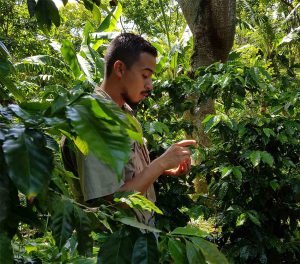Coffee fact or fable?
There is more caffeine in an Espresso than in a Lungo, fact or fable?
Caffeine is known for its stimulating effects. This substance occurs naturally in coffee and tea, but also in energy drinks, cola and often chocolate (milk). But what exactly is caffeine's effect?
Many people drink coffee to get a boost. These effects are experienced after drinking 1 to 2 cups. Most people experience an improvement in concentration and performance and a reduction in fatigue.
It is precisely for this reason that coffee is a popular beverage in the sports world. In fact, caffeine intake leads to performance enhancement in many athletes. Moreover, when consuming caffeine, various substances are produced that make one feel happier.
Does the type of bean also affect the amount of caffeine?
To answer this, we must go back to the difference in the growth process of the coffee plant. The two main types of beans are Robusta and Arabica.
Arabica beans are 70% used in the coffee market. But what exactly is the difference? First of all, it is useful to know that a coffee plant produces caffeine to protect itself from parasites and diseases.
Therefore, the Arabica coffee plant grows at extreme altitudes, about 1500 meters on average. Because the Arabica coffee plant grows at these altitudes, its exposure to parasites and diseases is less.
Therefore, these beans contain less caffeine than the Robusta beans.
Unlike Robusta coffee plants, which also tend to grow in lower areas.
Therefore, the Robusta coffee plant needs firmer resistance, which means it produces more caffeine and therefore often has a firmer taste.
But which drink contains the most caffeine....
Many people think that for a quick pick-me-up, drinking an espresso is best.
Why?
The strong taste and often dark crema puts many people on the wrong track. To get a high dose of caffeine, it is better to drink a regular cup of coffee.
Why is this? An espresso contains less water, and therefore less caffeine. This is because, very simply put, less water runs through the ground coffee and therefore less caffeine is extracted from the ground coffee.
